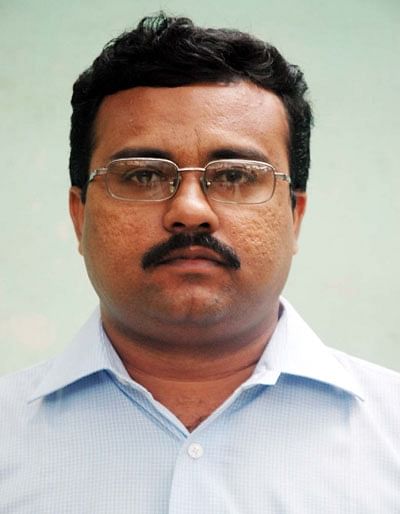With PLA yet to keep its side of the bargain, India reaches out to senior Chinese military, political officials
With the People’s Liberation Army (PLA) not keeping its side of the bargain on withdrawal of troops from the face-off scenes along the disputed boundary between India and China, New Delhi has reached out to the senior political and military leaders in the Communist country.
India also sent out a not-so-subtle warning to China about the prospects of the continued military stand-off having a long-term adverse impact on the relations between the two nations. A spokesperson of the Ministry of External Affairs (MEA) in New Delhi underlined that the state of the border could not be separated from the future of the ties between the two neighbouring nations.
Vikram Misri, New Delhi’s envoy to Beijing, on Friday had a meeting Major General Ci Guowei, Director of the Office of International Military Cooperation of the Central Military Commission of China and briefed him on the position of the Government of India on its borders with the Communist country in eastern Ladakh.
Misri earlier this week had a meeting with Liu Jianchao, Deputy Director of the Office of the Central Committee Foreign Affairs Commission of the Communist Party of China. He had also briefed Li about New Delhi’s view on the situation along the Line of Actual Control (LAC) – the de facto boundary between India and China – as well as the overall bilateral relations between the two nations.
The stand-off between India and China along the LAC in eastern Ladakh continued even as more than 100 days passed since it started early May.
The Indian Army and the Chinese PLA had early last month started a mutually agreed process of “disengagement” or phased withdrawal of the front-line troops to resolve the stand-off. The pull-back process, however, remained stalled since mid-July, particularly because the Chinese Army declined to withdraw troops completely from several scenes of the face-off, including Depsang 'Y' junction, Gogra Post and the northern bank of the Pangong Tso.
Anurag Srivastava, the spokesperson of the MEA, on Friday told journalists in New Delhi that India and China had agreed on “broad principles of disengagement” and had accordingly made “some progress” in the process of pulling back troops.
“I must add that translating these principles on ground is a complex process that requires re-deployment of troops by each side towards their regular posts on their respective sides of the LAC. It is natural that this can be done only through mutually agreed reciprocal actions,” said the MEA spokesperson. “While we would like the ongoing disengagement process to be completed at the earliest, it is important to bear in mind that achieving this requires agreed actions by both sides.”
He also said that New Delhi would expect Beijing to work with it “towards the objective of complete disengagement and de-escalation and full restoration of peace and tranquility in the border areas” as agreed upon during the July 5 phone-call between the India’s National Security Advisor Ajit Doval and Chinese Foreign Minister Wang Yi – the Special Representatives of the two governments for boundary negotiation and strategic consultations.
India’s relations with China hit a new low over the stand-off, particularly after the June 15 violent clash in Galwan Valley between the soldiers of the two armies. The Indian Army lost 20 of its soldiers in the clash. The PLA too suffered casualties but did not make public the number of its soldiers, who were injured or killed in the clash.
New Delhi on Friday once again reminded Beijing that the Special Representatives of the two nations had agreed that “early and complete disengagement of the troops along the LAC and de-escalation from India-China border areas in accordance with bilateral agreements and protocols and full restoration of peace and tranquility was essential for the smooth overall development” of the relations between the two neighbouring nations.
Not only Doval, External Affairs Minister S Jaishankar also had talks with Wang on June 17 – two days after the clash in Galwan Valley. Lt Gen Harinder Singh, General Officer Commanding (GOC) of the 14 corps of the Indian Army, held five rounds of talks with his counterpart Maj Gen Liu Lin of the Chinese PLA at Chushul-Moldo point on the LAC. The senior diplomats of the two sides also had several rounds of talks through video-links several times over the past few weeks.
The stand-off, however, has not yet been completely resolved.
Deccan Herald is on WhatsApp Channels| Join now for Breaking News & Editor's Picks
